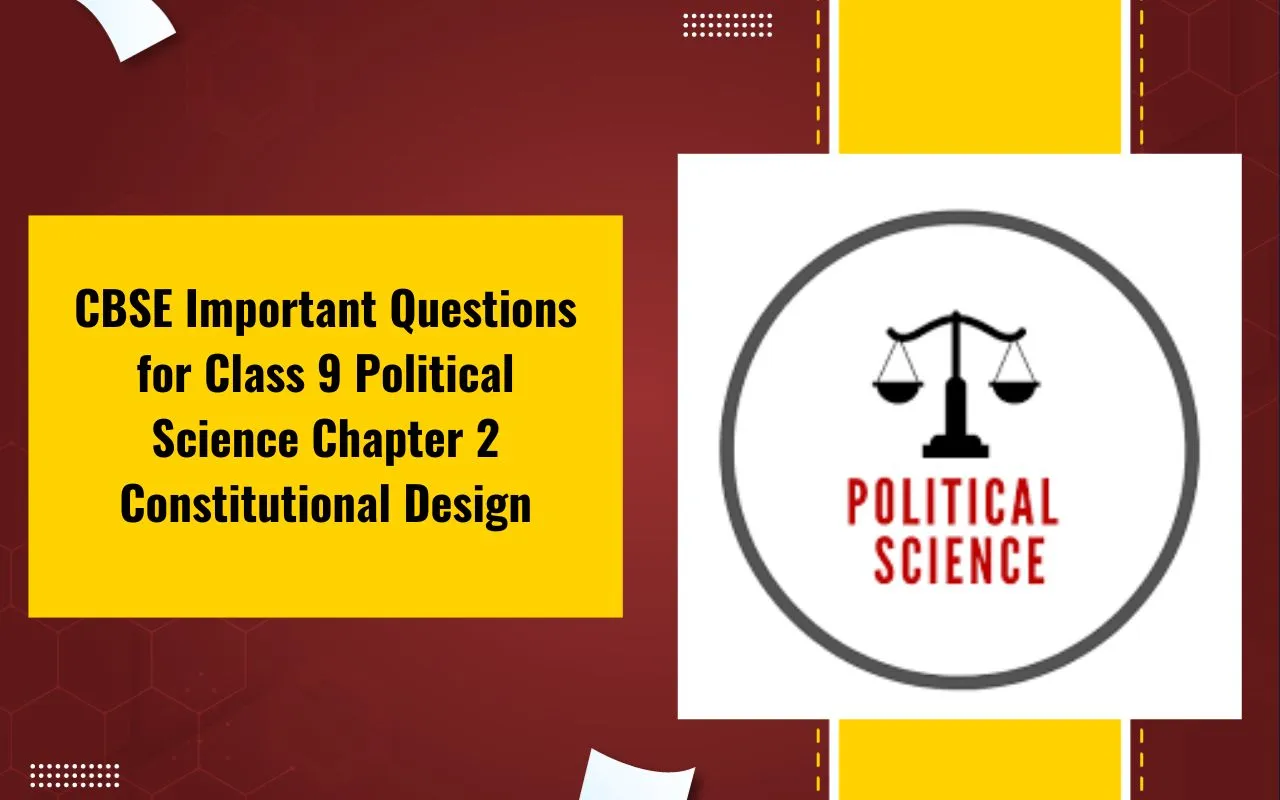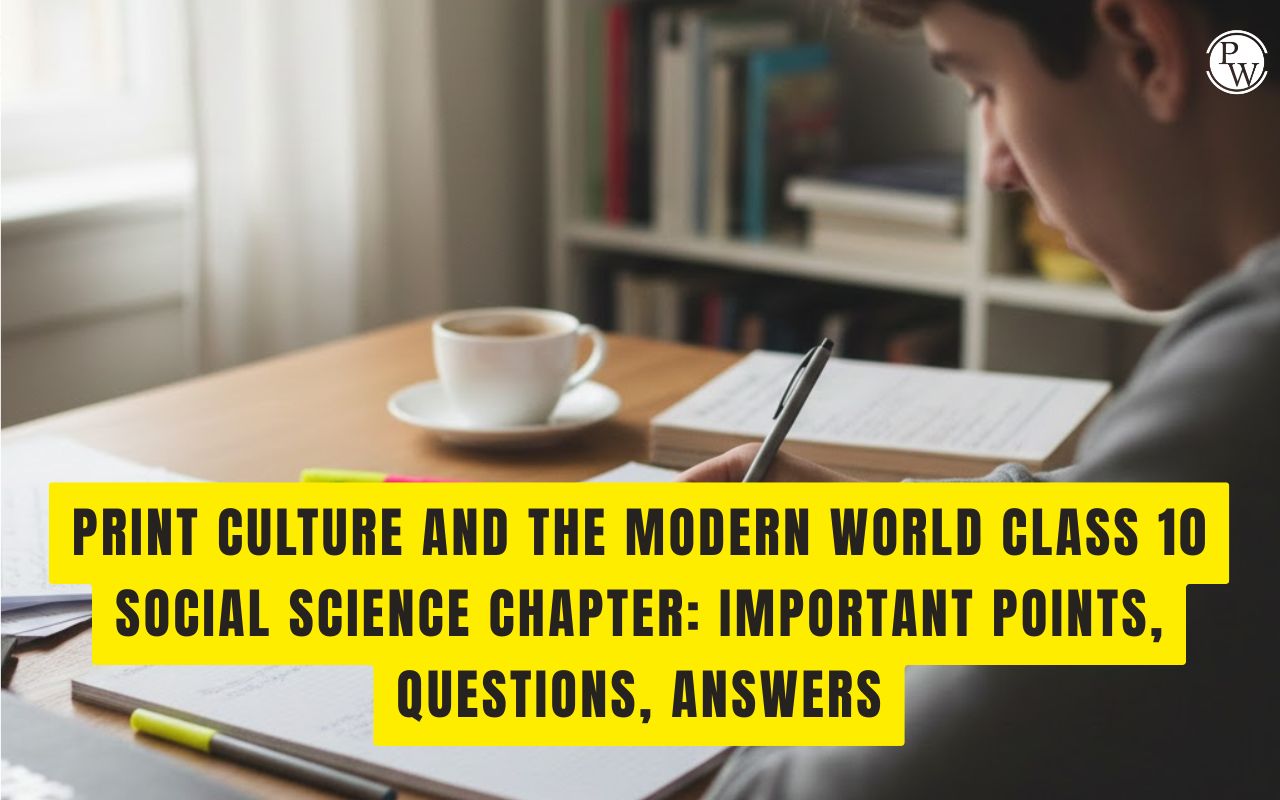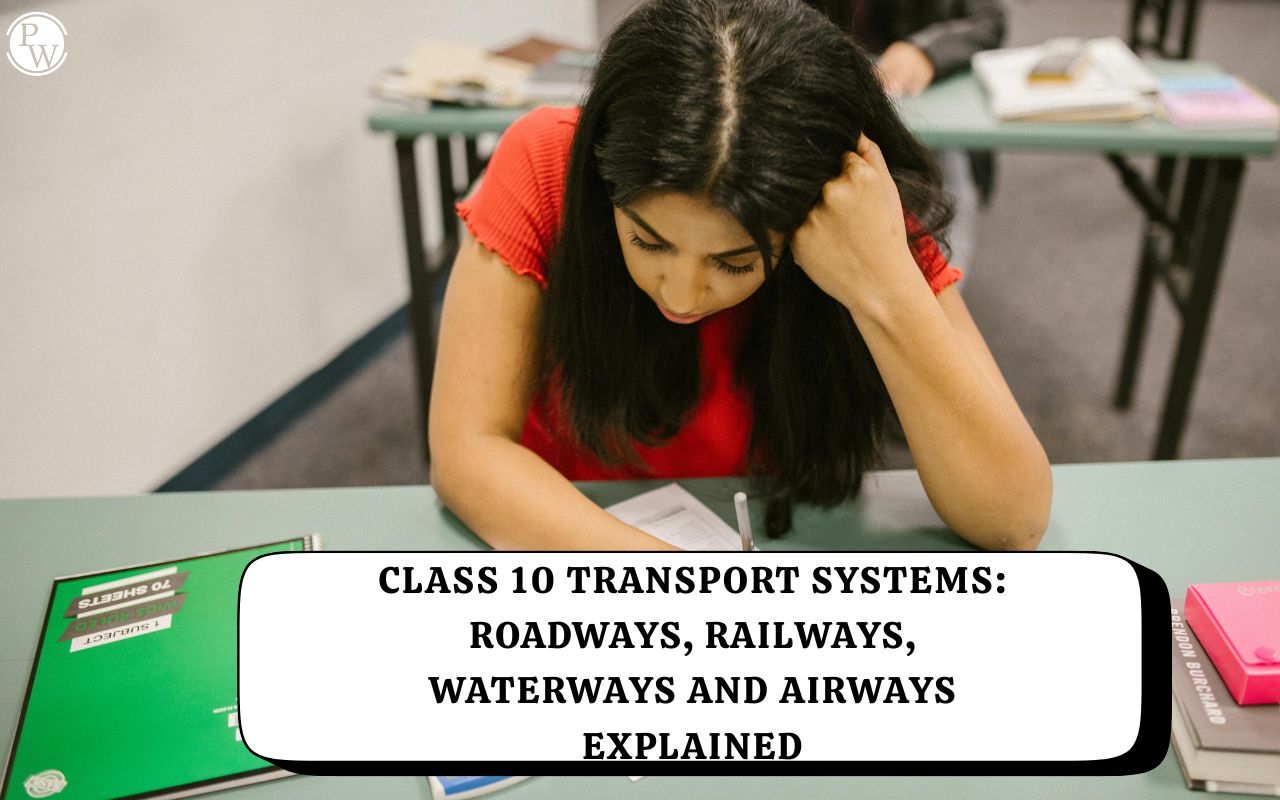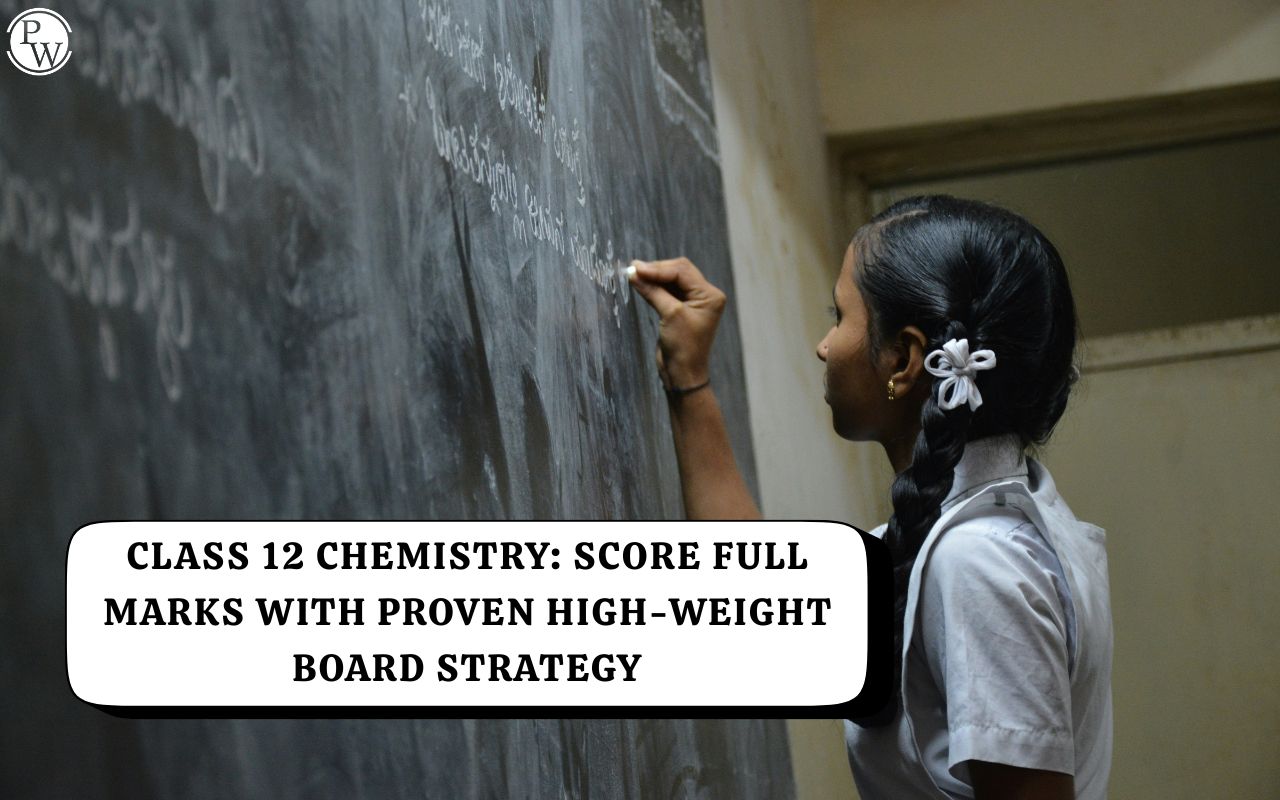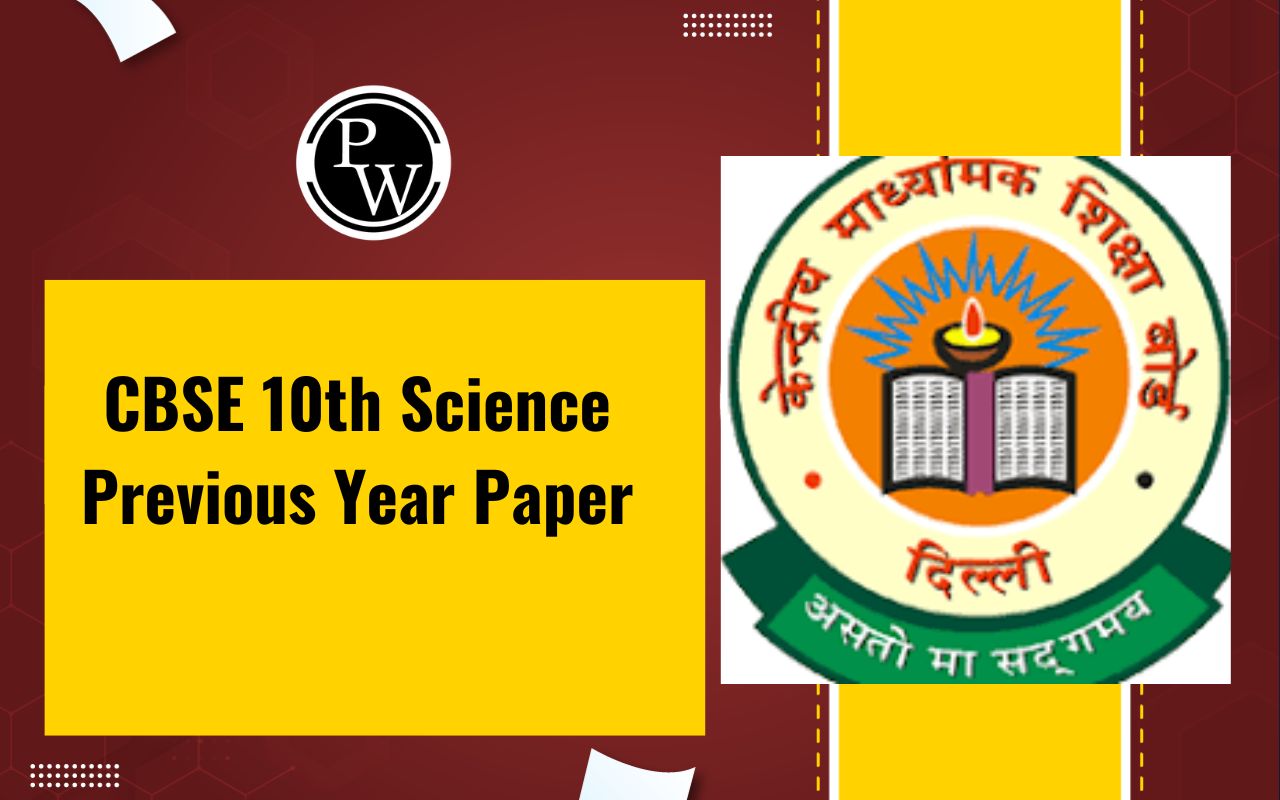
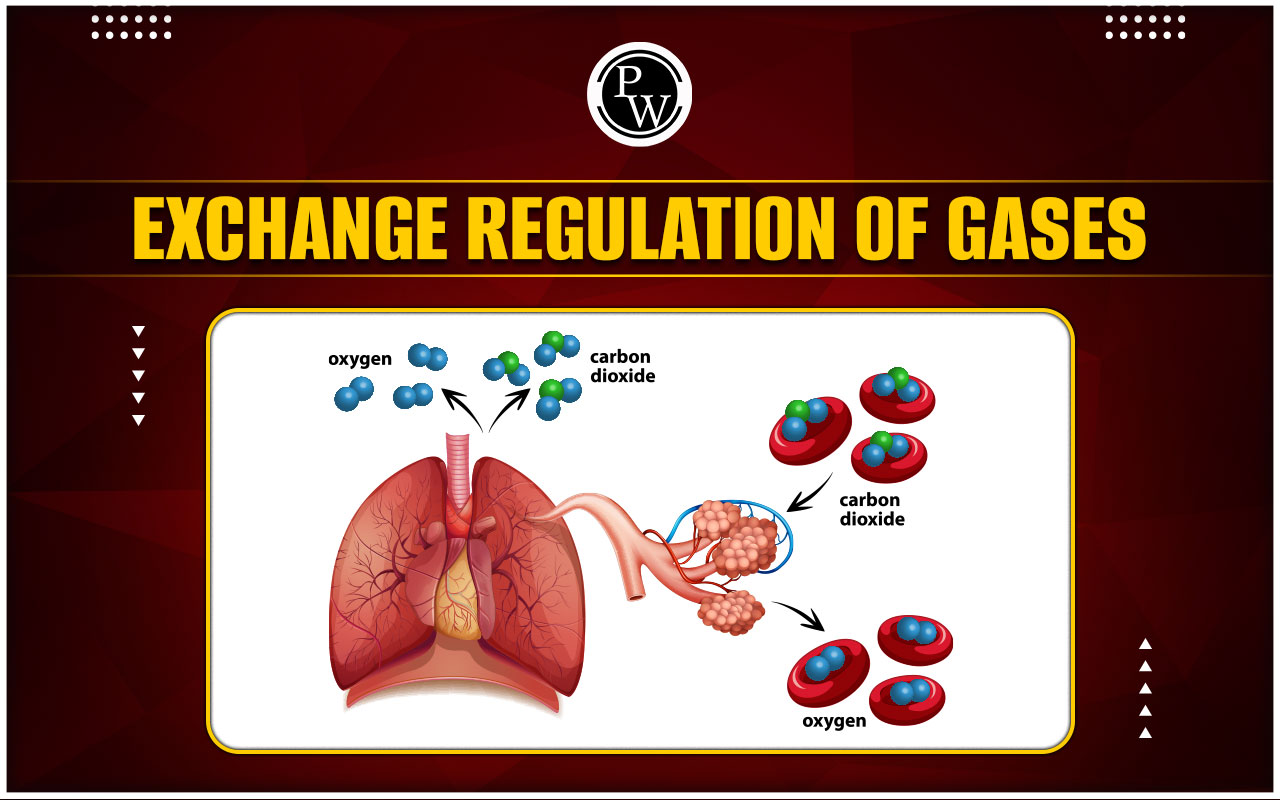
Exchange Regulation Of Gases: All living things engage in the interesting and important process of gas exchange management. Imagine breathing in life-sustaining oxygen and exhaling harmful carbon dioxide in a seamless, rhythmic dance.
To maintain optimum health, the body carefully regulates the balance of oxygen and carbon dioxide during gas exchange control. This complex system, which extends from the lungs to the bloodstream, works continuously to provide the energy required to stay alive and grow. So, let's inhale deeply and explore the fascinating world of gas exchange control!What is the Exchange Regulation of Gases?
Exchange regulation of gasses refers to the process by which living organisms regulate the exchange of oxygen and carbon dioxide between the organism and the environment. As carbon dioxide is a waste product that has to be eliminated and oxygen is required for cellular respiration, this process is crucial for maintaining the delicate balance of these gasses inside the body. Exchange control of gasses involves coordinating physiological and physical processes including ventilation, diffusion, and perfusion to ensure that the organism has an appropriate supply of oxygen while eliminating too much carbon dioxide. The ultimate goal of exchange regulation of gasses is to maintain the health and well-being of the organism.Gas Exchange in Humans:
Lungs as the Site of Gas Exchange
The lungs are the primary site of gas exchange in the human body. Gas exchange refers to exchanging oxygen and carbon dioxide between the body and the environment. The lungs play a crucial role in absorbing oxygen and expelling carbon dioxide. The lungs are composed of tiny air sacs called alveoli, where gasses are exchanged. The walls of the alveoli are thin, allowing for the diffusion of oxygen and carbon dioxide. Oxygen diffuses from the alveoli into the bloodstream, carrying it to the rest of the body. In contrast, carbon dioxide diffuses from the bloodstream into the alveoli to be expelled from the body.Processes Involved in Gas Exchange
The process involves three main steps:- Ventilation,
- Diffusion,
- Perfusion.
Ventilation:
Ventilation involves air movement into and out of the lungs. The lungs expand as fresh air is drawn in and contract as air is expelled. The contraction and expansion of the diaphragms and intercostal muscles facilitate this air movement. The diaphragm is a dome-shaped muscle that separates the thorax from the abdomen and is the primary muscle used for breathing. The intercostal muscles are located between the ribs and play a role in breathing.Diffusion:
Diffusion is the passive movement of oxygen and carbon dioxide across the thin walls of the alveoli, which are tiny air sacs in the lungs. Oxygen diffuses from the alveoli into the bloodstream, carrying it to the rest of the body. Carbon dioxide diffuses from the bloodstream into the alveoli to be expelled from the body. The difference in partial pressure between the alveoli and the bloodstream drives this process.Perfusion:
Perfusion is the movement of blood through the lungs. The heart pumps blood through the lung's blood vessels, allowing for the exchange of oxygen and carbon dioxide between the bloodstream and the alveoli. Blood flow through the lungs is also driven by differences in partial pressure, with areas of high partial pressure receiving more blood flow. This ensures that the exchange of gasses occurs evenly throughout the lungs.Hormonal regulation and neural regulation
Hormonal regulation and neural regulation are two different ways the body maintains homeostasis and regulates various physiological processes. Hormonal regulation involves the release of hormones by endocrine glands into the bloodstream. Hormones then bind to specific receptors on target cells, leading to various physiological responses. Hormones can regulate many processes in the body, including metabolism, growth and development, reproduction, and stress response. Hormones can also act coordinated, with one hormone triggering the release of another hormone in a feedback loop. Neural regulation, conversely, entails the transmission of nerve impulses by neurons. Neurons are specialised cells that transmit electrical signals from one body part to another. The nervous system regulates many physiological processes, including movement, sensation, and cognition. The nervous system can also regulate the release of hormones, through the hypothalamic-pituitary-adrenal (HPA) axis and the sympathetic nervous system. While hormonal regulation and neural regulation are different, they are also interconnected. The hypothalamus, part of the brain, regulates the release of many hormones, including those involved in stress response, growth and development, and reproduction. Additionally, hormones can influence neural activity and behaviour, and neural signals can affect hormone release.Related Links -
Factors that Affect Gas Exchange
There are several factors that can affect the efficiency of gas exchange in the lungs, including- Alveolar surface area
- Alveolar wall thickness
- Partial pressure
- Blood flow
- Surfactant
- Pulmonary oedema
- Inflammation and infection
Environmental Issues and Solutions
Gas Exchange in Other Organisms:
Fish:
Fish can exchange gasses through their gills. Gills are specialised structures that contain a large surface area and are rich in blood vessels. When water flows over the gills, oxygen diffuses from the water into the bloodstream, while carbon dioxide diffuses out of the bloodstream and into the water. The structure of gills and water flow over them allows fish to exchange gasses efficiently, even in low-oxygen environments.Plants:
Unlike animals, plants do not have specialised respiratory organs like gills, lungs, or tracheae. Instead, they exchange gas through tiny openings called stomata found on the leaves surface. During photosynthesis, plants take in carbon dioxide through the stomata and release oxygen. At night, when photosynthesis is not occurring, plants exchange glasses, taking in oxygen and releasing carbon dioxide.Birds:
Birds have a highly efficient respiratory system that allows them to exchange gasses efficiently. Unlike mammals, birds have a one-way air flow through their respiratory system, allowing them to exchange gasses constantly. Birds also have a high metabolic rate and can fly, so they need to exchange gasses at a high rate to meet their energy demands.Insects:
Insects have an open circulatory system and exchange gas through tiny tubes called tracheae. Oxygen diffuses into the tracheae and the haemolymph, the insect equivalent of blood. Carbon dioxide is released from the haemolymph and into the tracheae, where it is expelled from the insect's body. Some insects, like butterflies and moths, have specialised spiracles on their body that regulate the flow of air into and out of the tracheae.Related Links -
Evolutionary Biology <span style=
What is gaseous exchange?
Gas exchange refers to the process by which oxygen is taken into the body and carbon dioxide is expelled. This process occurs in the lungs in humans and other mammals, and other organs in other organisms such as plants and fish.
What is the importance of gas exchange in the human body?
Gas exchange is important for human health because oxygen must be taken in and carbon dioxide must be expelled for the body to function properly. Proper gas exchange is essential for survival and helps to provide the body with the oxygen it needs to produce energy and function properly.
What are the factors that affect gas exchange?
Factors affecting gas exchange include age, lung capacity, lung disease, environmental conditions such as air pollution, and changes in the air's oxygen and carbon dioxide levels.
How does gas exchange occur in other organisms such as plants and fish?
Plant gas exchange occurs through tiny pores on the surface of their leaves called stomata, where they take in carbon dioxide and release oxygen. Fish extract oxygen from water using specialised structures in their gills.
What is the role of gas exchange in climate change?
Gas exchange plays a crucial role in climate change by affecting the balance of carbon dioxide and other gasses in the Earth's atmosphere. For example, the ability of plants to take in carbon dioxide and release oxygen is a key factor in the Earth's carbon cycle, which can affect the levels of carbon dioxide in the atmosphere and contribute to climate change.
What is the future of research in gas exchange?
There is ongoing research in gas exchange to improve respiratory treatments, study gas exchange in extreme environments, understand the role of gas exchange in climate change, improve agricultural practices, and study gas exchange in animals.
🔥 Trending Blogs
Talk to a counsellorHave doubts? Our support team will be happy to assist you!

Check out these Related Articles
Free Learning Resources
PW Books
Notes (Class 10-12)
PW Study Materials
Notes (Class 6-9)
Ncert Solutions
Govt Exams
Class 6th to 12th Online Courses
Govt Job Exams Courses
UPSC Coaching
Defence Exam Coaching
Gate Exam Coaching
Other Exams
Know about Physics Wallah
Physics Wallah is an Indian edtech platform that provides accessible & comprehensive learning experiences to students from Class 6th to postgraduate level. We also provide extensive NCERT solutions, sample paper, NEET, JEE Mains, BITSAT previous year papers & more such resources to students. Physics Wallah also caters to over 3.5 million registered students and over 78 lakh+ Youtube subscribers with 4.8 rating on its app.
We Stand Out because
We provide students with intensive courses with India’s qualified & experienced faculties & mentors. PW strives to make the learning experience comprehensive and accessible for students of all sections of society. We believe in empowering every single student who couldn't dream of a good career in engineering and medical field earlier.
Our Key Focus Areas
Physics Wallah's main focus is to make the learning experience as economical as possible for all students. With our affordable courses like Lakshya, Udaan and Arjuna and many others, we have been able to provide a platform for lakhs of aspirants. From providing Chemistry, Maths, Physics formula to giving e-books of eminent authors like RD Sharma, RS Aggarwal and Lakhmir Singh, PW focuses on every single student's need for preparation.
What Makes Us Different
Physics Wallah strives to develop a comprehensive pedagogical structure for students, where they get a state-of-the-art learning experience with study material and resources. Apart from catering students preparing for JEE Mains and NEET, PW also provides study material for each state board like Uttar Pradesh, Bihar, and others
Copyright © 2025 Physicswallah Limited All rights reserved.
Get App

